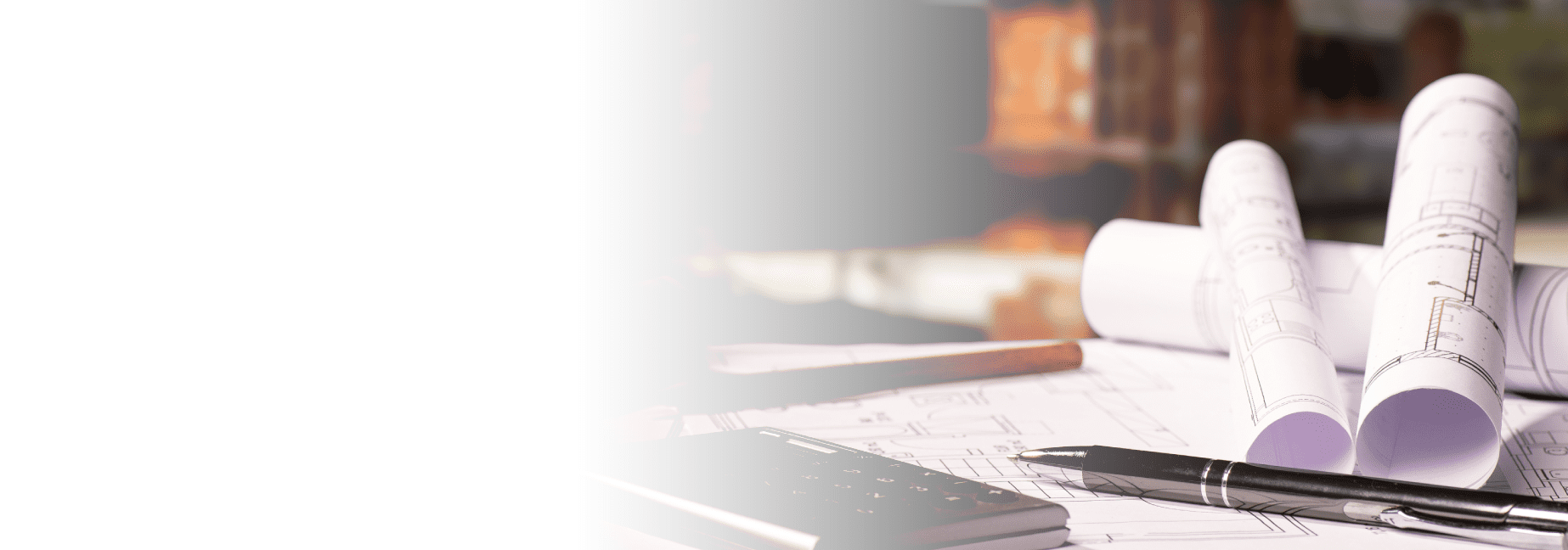Proving Professional Negligence

In order for any party to successfully bring a claim of proving professional negligence, they will need to show the following:
Duty of care, contractual obligations scope of that duty or obligation
As a general rule, professionals are taken to have assumed responsibility in the duty of care towards their clients. Their obligations may also arise within an agreement is entered into. This can sometimes be above and beyond those of the standard legal obligations of duty of care requirements.
For a confidential free discussion, call us today on 01908 414990, alternatively emails us at Hello@altion-law.co.uk or complete our Free Enquiry Form and we will call you back.
Breach of duty or obligations which leads to a financial loss
On establishing that a duty of care is present, it will need to be shown that there was a breach of that duty. Or obligation which then lead to a financial loss. A breach of the duty of care is where a professional has breached a duty of care. Or obligation which they are required to carry out to the standard expected of that professional. It is also a requirement that the breach much have lead to a financial loss. This loss which will need to be identifiable.
In the construction and building industry, there are often many parties involved in a project. This can complicate matters somewhat. So how can you tell if a breach has occurred, and what issues are down to which parties?
Requirements for claim
It is important to look at what was required. To consider whether it complies with the standard required of that professional, or not. If there is any problems, you need to understand what the problem is. It needs to be understood who else could have either caused, or contributed in any way to the situation. If you are unsure on the matter, it may be wise to appoint an expert to assess and advise on the position. This could in turn assist in guiding the parties in any ongoing discussions.
Examples:
Problems with a final build can be caused by a number of parties. When assessing liability, you may find it helpful to consider the following points in the first instance:
- Architects/ Architectural Plans – have the plans been draw up as instructed and do they are they suitable?
- Structural Engineer – have they assisted with the architectural plans. Or have they assessed, or provided any calculations which have been relied upon?
- Builders – have the builders complied with the architect’s drawings. Where any recommendations made. Have any works been signed off by building control, as required?
- Surveyor – has the advice given complied with requirements of the projects. For all parties involved?
- Building Control – have they complied with their instructions, in the correct order?
Case Law
Case law has concluded that when a professional was not necessarily negligent. If they complied with a practice that is accepted as proper, by responsible members of the professions. This is even if other members would have taken a different view on this.
Causation
There are two elements to causation. Both of these elements are required in proving professional negligence claim.
- Factual Causation – i.e – a loss would not have occurred, if it were not for the negligent act; AND
- Legal Causation, or remoteness – i.e – whether the negligence was the legal cause of the loss.
These areas that both will need to be proven for a professional negligence claim to succeed against someone. It may well be that an expert report setting out standard practices of certain professionals, is then required to clarify these points.
At Altion Law, we are specialists at advising and representing parties who have had allegations of negligence made against them.
For a confidential free discussion, call us today on 01908 414990, alternatively emails us at Hello@altion-law.co.uk or complete our Free Enquiry Form and we will call you back.
